Jaén, a medieval city famous for its olive oil (liquid gold) production in Andalucia, Spain
By Nick Nutter | Updated 28 Aug 2022 | Jaén | Cities |
Login to add to YOUR Favourites or Read Later
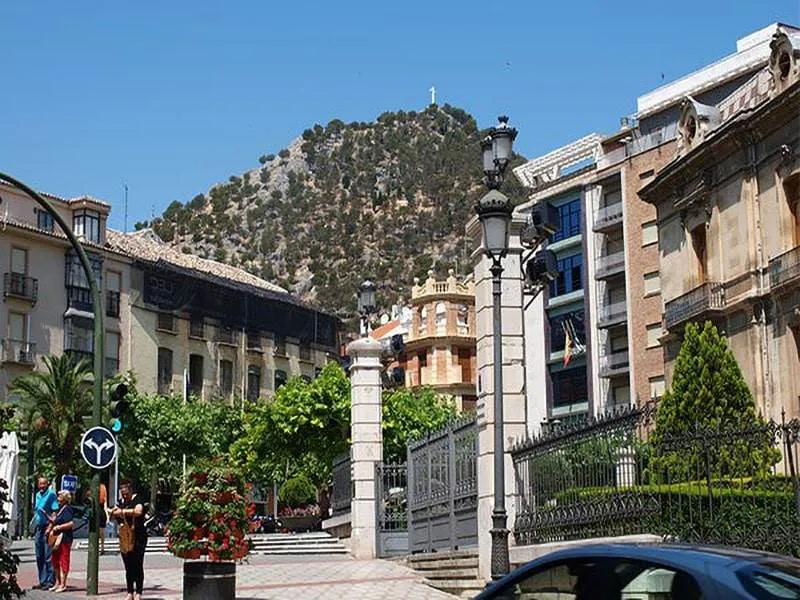
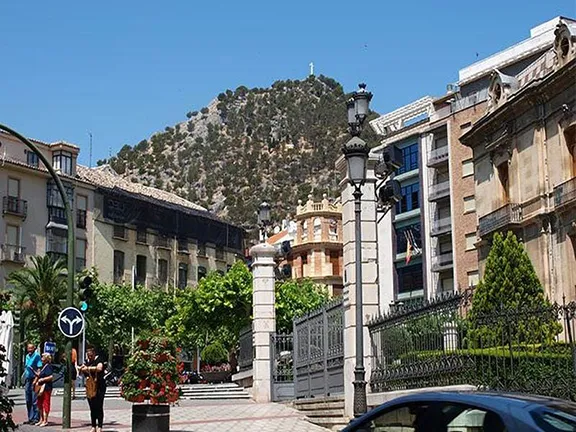
Santa Catalina Mountain
Jiennenses, as the local population of Jaén are known, call it ‘liquid gold’. It has been produced in Spain for at least eight thousand years, and today Spain is by far the largest producer with over 50% of the world market. Jaén province alone is reckoned to produce more than Italy, the second largest producer. In 2018, Spain produced 1.77 million tons of the stuff, according to Spain’s Ministry of Agriculture. The ‘stuff’ of which we speak is, of course, olive oil.
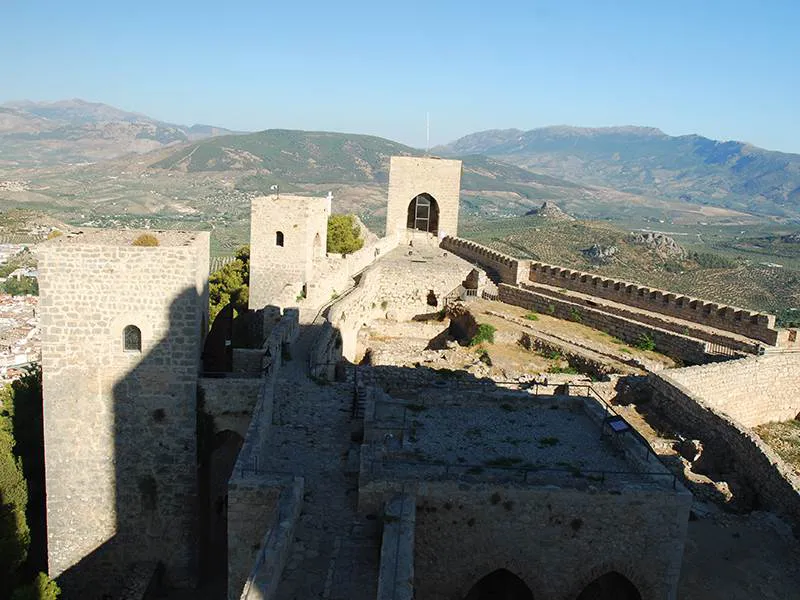
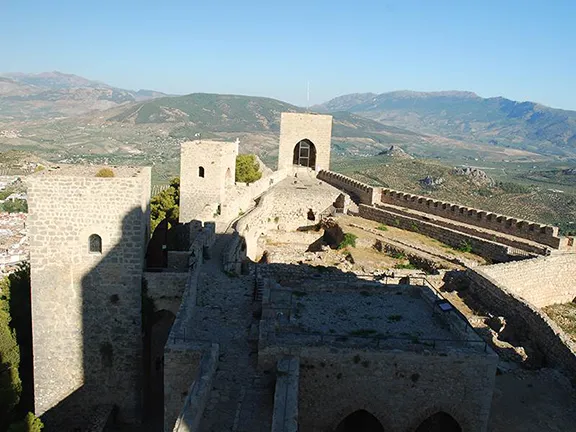
Castillo de Santa Catalina
Stand on the ramparts of the 13th century Castillo de Santa Catalina, a notable landmark in Jaén city, and gaze north and west over the broad valley of the Rio Guadalquivir with the high sierras beyond. Behind you, to the south and southwest, wave after wave of olive trees sweep across the rolling land that gradually descends to the sea; 550,000 hectares are growing over 60 million trees, most of them beyond the horizon. Behind the city, to the south and southeast, are the dramatic peaks of the Sierra de Jaén and Jabalcuz mountains thrusting up from the plain, apparently only a stone’s throw away, an illusion caused by the shimmering heat waves. Jaén is a city and province of vast vistas and, in summer, high temperatures with an average July high of 33.70C, although it often peaks over 400C.
The castle dates to the 8th century and was built by the Moors to defend their city. Building continued until the final siege of Jaén in 1246 after which the town became part of the Kingdom of Castille. Successive kings of Castille, Ferdinand III, Alfonso X and Ferdinand IV added and replaced parts of the original Moorish fortifications. Unfortunately, much of the Moorish fortress that survived these renovations was destroyed in 1965 when the Parador Hotel was built, so, apart from a portion of Hannibal’s Tower that is incorporated into the hotel, most of what you see today is 13th century or later.
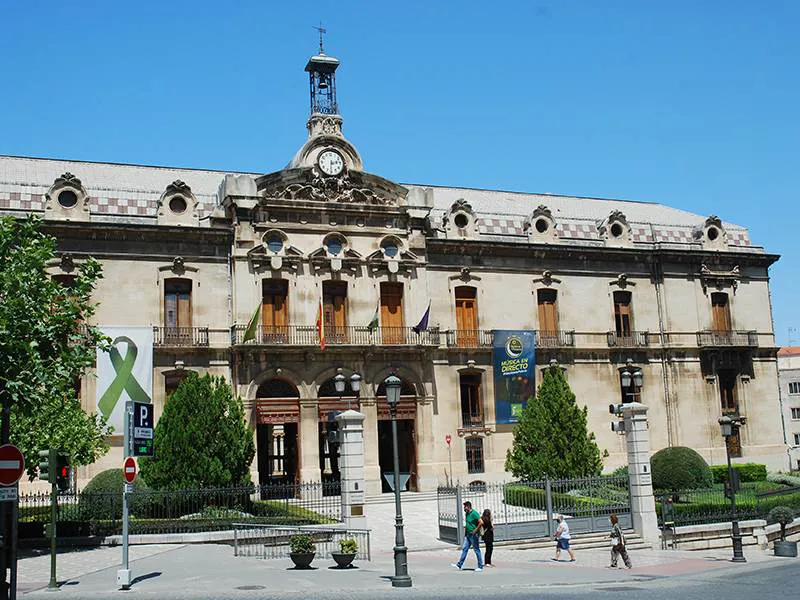
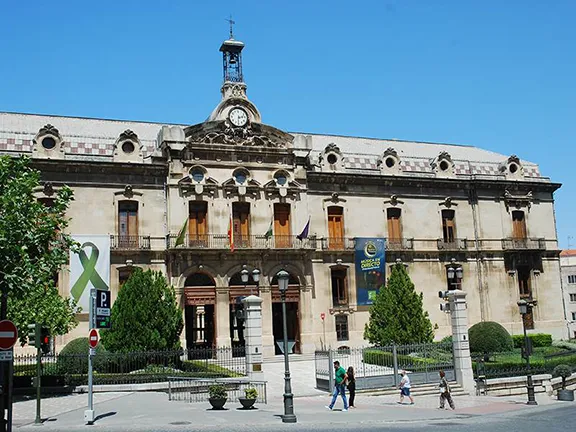
Immediately below the castle, that sits high on a wooded rocky ridge to the west of the city, the steep, narrow, winding streets of the old Mediaeval town blend seamlessly into the newer parts of the city. In most Spanish cities, there is a clear demarcation line between ancient and modern, seen in the difference between architectural styles hundreds of years apart. There has been an evident lack of town planning over the centuries that has, accidentally, produced a city that can only be described as charming. Any visitor cannot fail to fall in love with Jaén and its people. The Jiennenses are probably the most relaxed, mañana fixated, friendly population in Andalucía. This laid back approach to life is epitomised by two city projects that have not yet, quite, been finished.
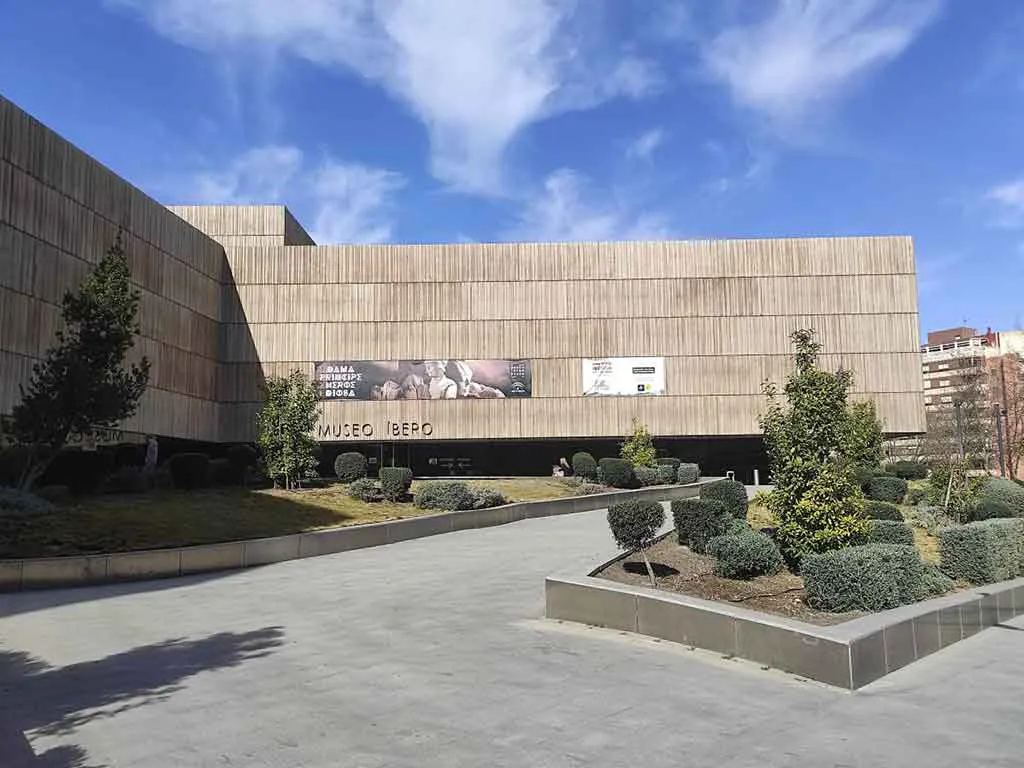
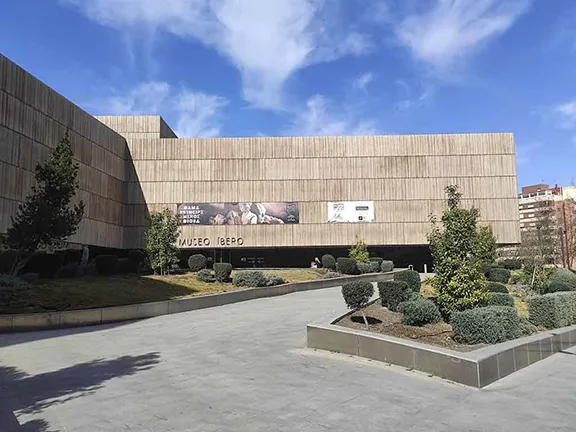
Museo Ibero Jaen
Visitors may wonder at the tram tracks that wend through the newer streets interspersed with station platforms. The rails, separated off from the road for most of their length, occasionally cross at an unprotected junction. The locals use the junctions as short term car parking areas, safe in the knowledge that they will not obstruct any tram. The tramway took two years to build, was opened in May 2011, ran for two weeks and has been mothballed since for monetary and political reasons.
It is only recently that Jaén has woken up to the potential tourist trade and its physical location, at the centre of the territory occupied by the pre-Roman Iberian tribes which produced some wondrous art and remarkable buildings. The city embarked on a 26 million Euro project to build a new museum to raise international awareness of this relatively little studied civilisation. The Iberian Museum opened with a great fanfare in 2017. However only the temporary exhibition area, a small part of the 11,000 sq metre whole, is open as of January 2019. There is no date given for the opening of the remainder. When it does open, visitors will be able to see over 300 examples of Iberian art and archaeology, the most extensive collection in the world, over one hundred pieces of which have never been on public view.
Having said that, a visit in August 2020 was well worth the effort.
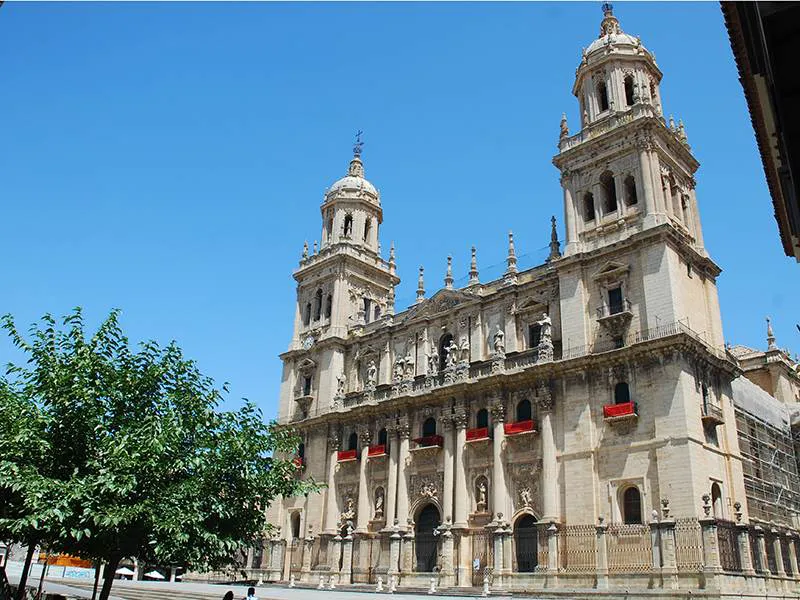
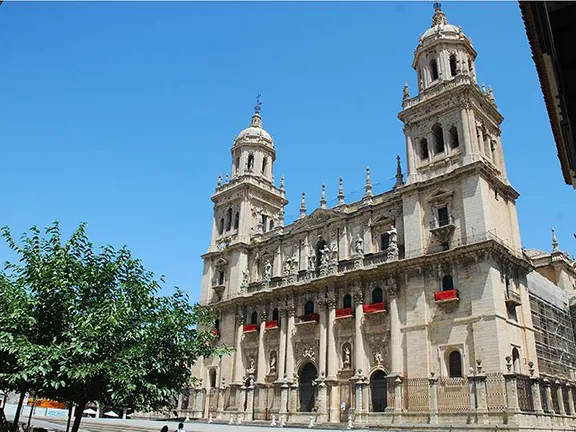
Assumption of the Virgin Cathedral
One building that is open, and has been since 1724, is the Assumption of the Virgin Cathedral. Started in 1249, the magnificent renaissance style church is now (July 2019) on the tentative list to be accepted as a UNESCO World Heritage site. It towers above the surrounding houses, a prominent feature from any place in the city.
The Cathedral played a prominent part in persecuting all those who were not Christians during the Inquisition. Its blood soaked history continued into the 20th Century when, on a daily basis, during the Spanish Civil War, it was used as an overspill prison for Nationalists who faced execution, or the threat of transportation to Madrid by rail in cattle trucks to be subsequently shot by the Republicans as they reached the outskirts of that city. The German air force bombed Jaén itself on the 1st April 1938. The Luftwaffe were practising blitzkrieg for the main event due to start the following year, the invasion of Poland that led to WWII.
Within the Cathedral, you can view the Veil of Veronica. Legend has it that Saint Veronica, just plain Veronica at the time, came across Jesus on his way to Calvary. Braving the Roman guards, she stopped to wipe the sweat and blood from Jesus’ face with her veil. An image of his face became imprinted on the cloth. How this cloth then ended up in Jaén is anybody’s guess. Veronica must have been a well-travelled lady since four other religious sacristies also claim to have her veil, St. Peter’s Basilica in Rome, the Sacré-Coeur in Paris, the Santa Faz Monastery in Alicante and the Holy Face Hermitage in Honrubia, Castille – La Mancha province.
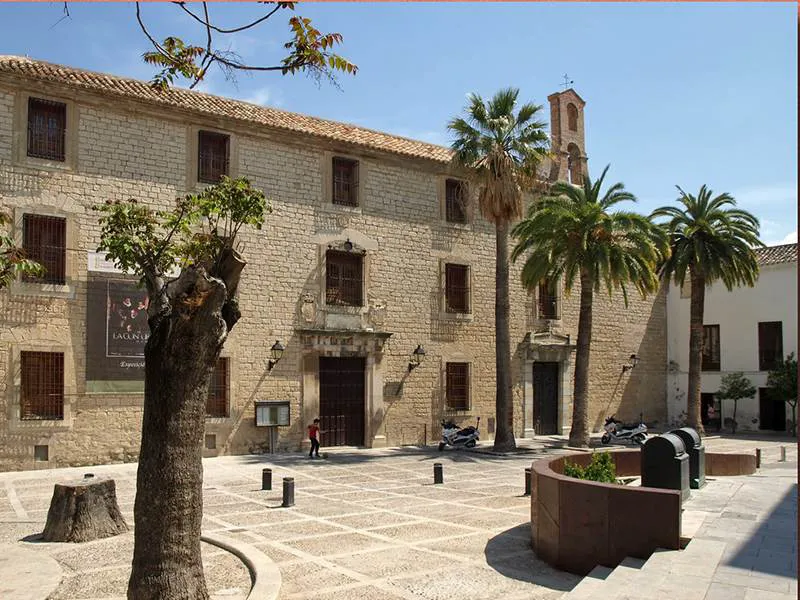
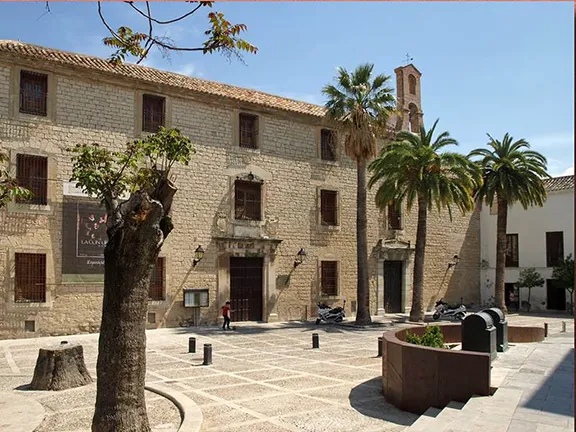
Palacio de Villardompardo
Close to the Cathedral, and almost as prominent, is another Renaissance building, the 16th Century Palacio de Villardompardo. The galleries contain paintings and sculptures by local Spanish artists, but the real treasure is in the basement. Preserved here are the remains of an 11th Century Moorish baths. A Moorish arch leads to the central hall. Separate arches lead to the hot and cold rooms and each room has a domed ceiling studded with star-shaped holes that filter daylight into the space below.
With its long history, it is not surprising that many architectural styles are represented, mainly in the churches, monasteries and convents that dot the city. Gothic, neo-classical and renaissance all rub shoulders and even, in the case of the San Ildefonso Church, combine every style into one whole.
Moving out of the old town into the new, the visitor notices slightly more modern architecture and increasing proliferation of shops, bars and restaurants, all packed into still narrow streets. It is very easy to lose oneself in Jaén.
Jaén City and province is the most remote, and least developed, in Andalucía and the last to face the challenge of attracting tourists.
The area surounding the cathedral is packed with bars and cafes. Most serve tapas, for which Jaén is renowned. Many do not open until 8.30pm or 9pm in the evening. Of the restaurants in Jaén, two stand out. The first is in the centre, it is called La Mafia. Modern decor inside and tables outside to let you people watch whilst you eat. European style cuisine, well served, elegant food at reasonable prices. Booking is essential. The second is the restaurant attached to the Parador Hotel. Here the decor is somewhat atmosphereless, however the food and views more than make up for that. You can eat the regional delicacies, something all the Parador's do really well, or go for a more cosmopolitan menu. Prices are top wack, but for a treat!!!